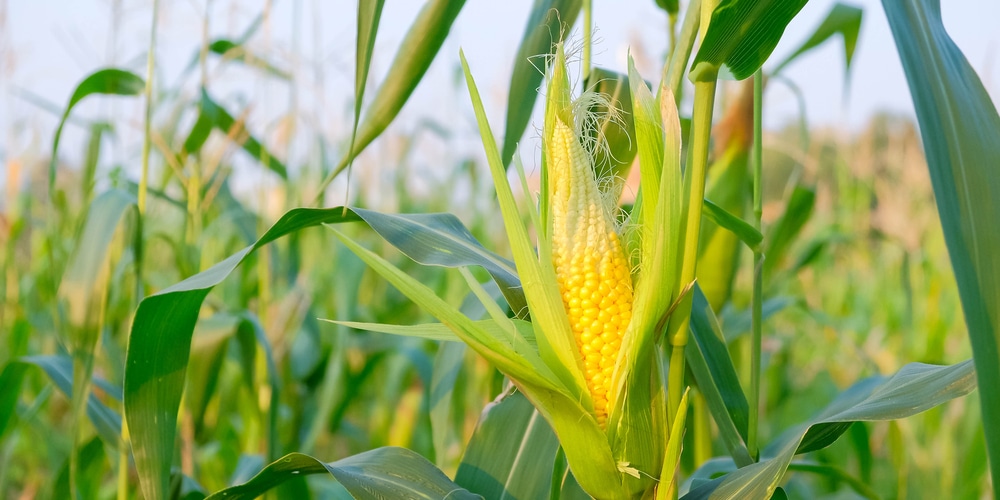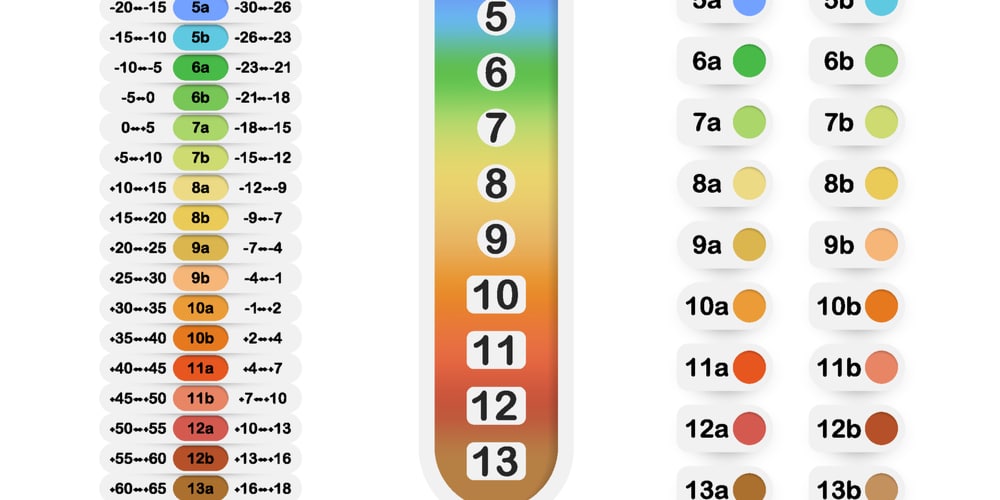Texas weather is unique and special. After all, Texas is vast, which means there are different types of weather across the state. It could be snowing in Amarillo, while in Corpus Christi, people are playing at the beach. So, if you are planning on sowing corn, you have to consider many factors.
When to plant corn in Texas? In Texas, you can find deserts, hills, forests, mountains, plains, and swamps because of different types of weather. So, it is better to consider where you plant corn, too. If you live in northern Texas, you might want to wait and start sowing from mid-March to mid-June. If you live in the South, you had better plant from early February to late April.
When To Plant Corn In Texas
The easiest way to find out when to plant corn in Texas is to look at the Texas USDA plant hardiness zones map. Immediately, we can see that in the North, there are two main zones: zone 6 and 7. All across the middle, the average annual low temperature defines most areas as zone 8. The southern regions enjoy a warm climate instead. So, the chart lists them as zone 9.
Corn takes as much sun as it can get to grow tall and firm. But if the soil temperature is not near 50F (10C), the seeds will not germinate. Then again, if the corn plants do not emerge at the same time, the yield will suffer. As emergence uniformity is a big deal when it comes to corn, let’s explore the two geographical areas in more detail.
Sowing In Northern Texas (USDA Hardiness Zones 6-7)
The growing zones suggest you never plant corn before March in zones 6a and 6b. Likewise, you can start sowing corn in February if your farm is in zone 7a and 7b.
As you may know, though, northern Texas is not exempt from drought. Severe drought in the region means less water for your crop. And corn crops need lots of water. So, observe what happens in your area and on your land before sowing.
Winter storms also play a critical role in choosing when to plant corn in Texas. For reference, the 2021 Texas deep freeze did more damage besides leading to early crops dying on both sides of zones 7a and 7b.
When To Plant Corn In Northern Texas?
Climate change has completely changed the rainy season. So, it is better to plan your sowing on short notice. Of course, you should avoid the opposite extreme either. If you get more than 20 inches of rain, the seeds will be underwater, and nothing will emerge.
Wait until the 15th of March if you are in zone 6a or 6b. Instead, wait for the 15th of February if you live in the slightly warmer zones 7. But as the soil may be temperamental and lose moisture fast, try to sow on a day when it is supposed to rain—Just for that day, and possibly, in the upcoming week.
You can also start a new crop in mid-August. Usually, after the 15th of August until the 25th of the same month. This sowing window also works well for planting sweet corn.
Sowing In Southern Texas (USDA Hardiness Zones 8-9)
Since the historic droughts in the late 1990s, most farmers now have raising corn down to a science. Then again, the 2011 Texas drought broke all records and caused almost $8 billion in damage.
Flood irrigation is ideal for combating the southern heat waves. So, working the ground to this extent is highly recommendable.
When To Plant Corn In Southern Texas?
Usually, the sweet spot is somewhere between the end of February and the first days of March. All southern regions experience a similar spring awakening. But the different latitude impacts how late you can sow corn.
With a corn crop being planted in late February or early March, it would normally be ready for harvest in mid-July. As you may be aware, if you harvest your corn at the wrong stage, it will not taste delicious. Also, the type of corn that you grow will determine if it is best to plant early or wait a little longer.
If you want to grow corn in monthly successions on a small piece of land, use shade cloth. It will protect your seeds from dehydration and stop birds and other critters from stealing them.


